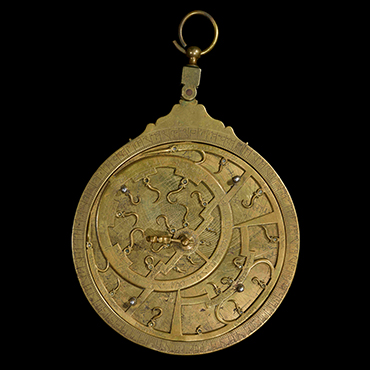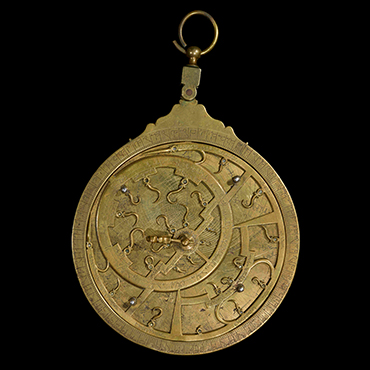The Qatar National Library (QNL) was founded in AH 1434/2012 CE as a center of learning, research, and culture and was inaugurated in AH 1394/2018 CE by His Highness the Emir, Sheikh Tamim Bin Hamad Al Thani. Since then the library has served as a guardian of Qatar’s cultural heritage and that of the wider region. In recognition of its efforts, the library has been designated as the Middle East and North Africa Regional Office, and the Regional Preservation and Conservation Center for the International Federation of Library Associations and Institutions. The library is committed to serving the diverse needs of all community members, as evidenced by its open access policy and dedication to the pillars of equity, diversity, inclusion, and accessibility.
Preserving and promoting regional heritage is the library’s foremost mission, and the Islamic Arts Biennale is an opportunity to showcase the legacy of Islamic sciences alongside leading cultural institutions. Revolving around the theme of “Understanding the Universe Through Numbers,” the selected objects tell the story of how Muslim astronomers observed, charted, and measured the stars. The story starts in the 4th century AH/10th century CE with Abdulrahman al-Sufi who built upon the work of Ptolemy by creating the first illustrated star-chart in history, and continues with Ulugh Beg and his 9th-century AH/15th-century CE observatory in Samarkand. Another layer of this story highlights the contributions of Muslim scholars to the fields of mathematics and geometry, an exchange of scholarship between Europe and the Islamic lands that continued over the centuries and through numerous layers of translation.

Urjuza fi al-Kawakib (Poem on the Stars)
Poem on the Stars is a short verse text authored by one of the sons of the renowned astronomer Abdulrahman al-Sufi (d. AH 376/986 CE). His name may have been Abu ‘Ali bin Abi Husain al-Sufi, and this is his only surviving work, probably composed in the 5th century AH /11th century CE in Rayy, Iran. The content of the treatise, consisting of approximately 500 verses describing the stars and planets, is largely based on the work of the author’s father, especially his Kitab Suwar al-Kawakib al-Thabitah (Book of the Images of the Fixed Stars). It contains 42 illustrations of the constellations in the Northern and Southern Hemispheres, along with the zodiacal constellations. Shown here is the constellation of Sagittarius, depicted as a centaur with a bow and arrow following the ancient traditions. The poem describes both the classical Ptolemaic conventions and Arabian Bedouin traditions for naming and visualizing the stars, an important feature of Abdulrahman al-Sufi’s work. It omits, however, the references to star positions from Al-Sufi’s book and reformats the rest of the contents into short rhyming verses. While this may have been useful for students attempting to memorize the information, the text is ultimately less practical than the original.
Abu ‘Ali bin Abi Husain al-Sufi
Probably Türkiye, 12th–13th centuries AH/18th–19th centuries CE
Ink and gold on paper, leather binding, 33 leaves, h. 21 × w. 13.5 cm
Qatar National Library, HC.MS.2017.0061

